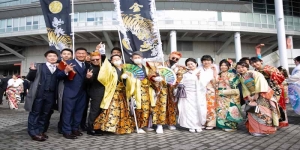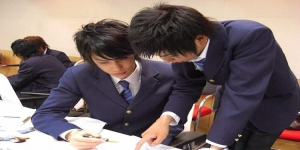Overview on Japanese Music
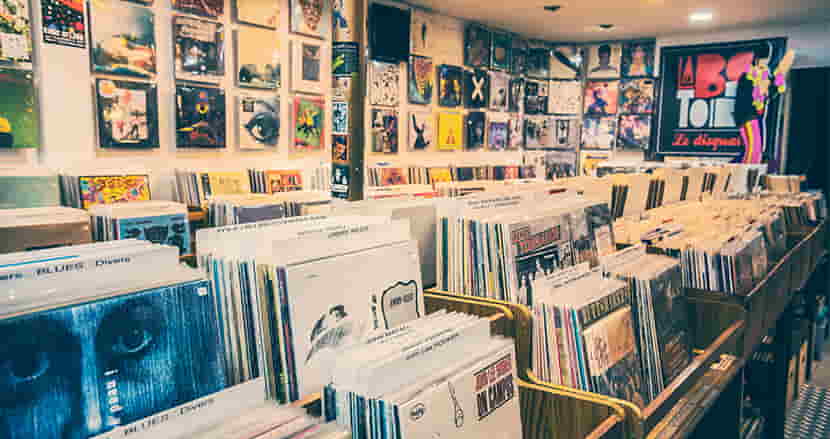 Why talk about "Japanese Music"? If you want to explore the aspects of a culture so different from ours, music is a necessary element because it runs through the entire history and society of the rising sun.
Why talk about "Japanese Music"? If you want to explore the aspects of a culture so different from ours, music is a necessary element because it runs through the entire history and society of the rising sun.
But what is meant by "Japanese Music"? as for the concept of music itself, the term is a very generic adaptation that indicates all Japanese musical production, both of native origin and that with influences from abroad.
At first listening, the "ancient" one could seem very repetitive, a melody accompanied by many other, contrasting ones; this difference is given by the pentatonic scale (a musical scale made up of five notes), in addition to which singing is more important.
Otherwise, the "modern", known in the West mainly for Anime and Videogames, is considered a bubblegum-pop, composed of songs with a mixture of lyrics in Japanese and refrains in an incomprehensible English, played by pop stars, generally attractive young people forming bands/groups.
Given the vastness of the Japanese musical landscape in this article, I will limit myself to a list of the most common sounds in the modern era, giving an introduction, to make known the various genres that have followed, so that you can explore them in case you are interested.
The Shōka (唱歌)
The forerunner of this style was the educator Isawa Shūji (伊澤 修二 1851-1917), a profound connoisseur of Western music and convinced of transmitting moral teachings, thanks to music, inspired by "Auld Lang Syne" (the Candle Waltz). He wrote and composed songs in the Japanese language, in the Western style, thus creating the "shōka", Western music, usually classical, still taught in schools today.
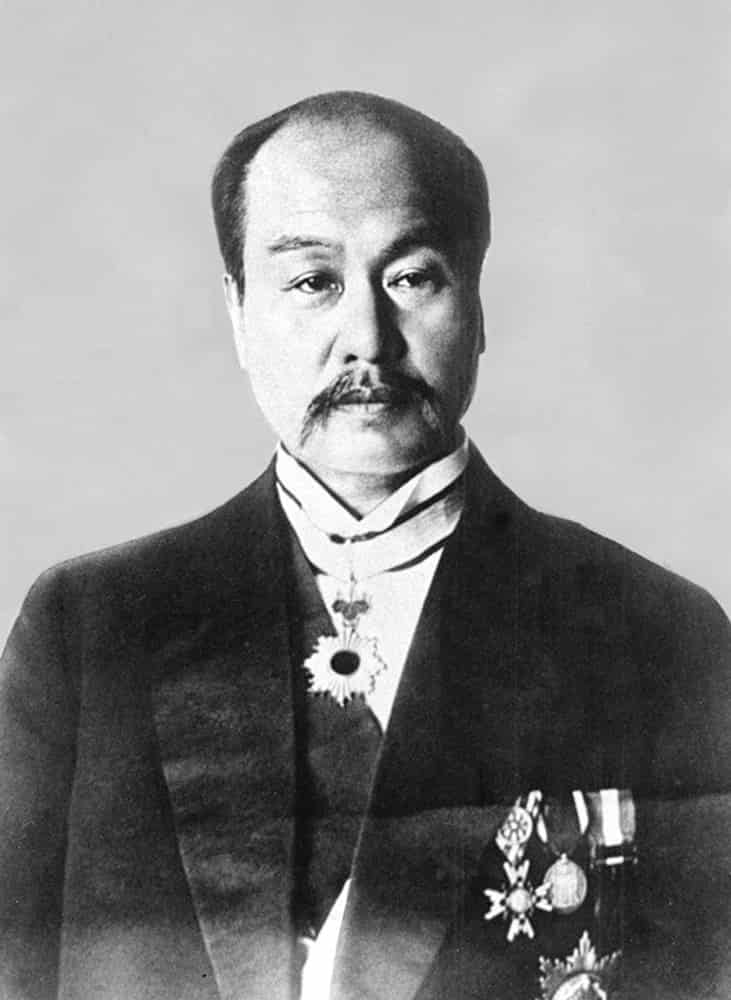
The Kayōkyoku (歌謡曲)
The real "Westernized" music was defined as "kayōkyoku" and is thought to have begun with "Kachūsha no uta" (カチューシャの歌 lit. "Katjuša's song") of 1914, composed by Nakayama Shimpei (中山 晋平 1887 -1952) for the dramatization based on the novel "The Resurrection" by Leo Tolstoy. It was a great success and was one of the first records to become a hit in Japan. Among the successful songs related to this style, we can also include the song by Kyu Sakamoto (坂本 九 1941-1985) entitled "Sukiyaki" which sold more than 13 million copies and reached the first position in the Billboard Hot 100 chart in the United States .
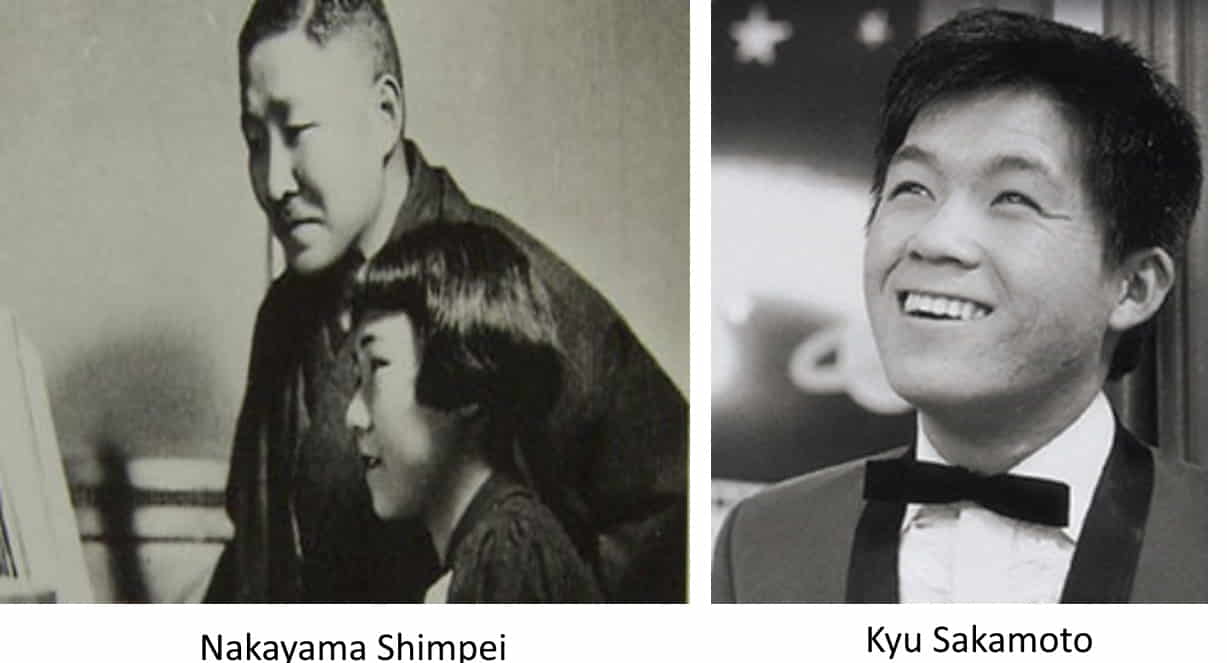
The Jazz
In the 1930s jazz appeared in Japan and had a great diffusion in the Land of the Rising Sun. Even today, a large number of Japanese people play it as well as being great listeners. A small niche that finds a warm and welcoming place in the land of the rising sun with many followers.
Bubblegum pop/J-pop
In the 1960s, Japanese groups imitated the foreign ones then in vogue. This style was called Group Sounds. Since then, bubblegum pop and j-pop are the best-selling music genres in Japan.
The term "J-pop" was coined by the Japanese media to initially distinguish Japanese music from foreign music. At first, the term encompassed several styles such as 70s and 80s techno-pop, city- 80s pop and 90s Shibuya-kei.
To date, however, this term indicates the majority of Japanese popular music production.
In the 1990s many new pop artists appeared such as Ayumi Hamasaki (浜崎あゆみ 1978 singer-songwriter, record producer, actress and model) and Utada Hikaru ((多田ヒカル 1983 singer-songwriter, pianist and record producer). mainstream this sound that by now permeated the 90s.
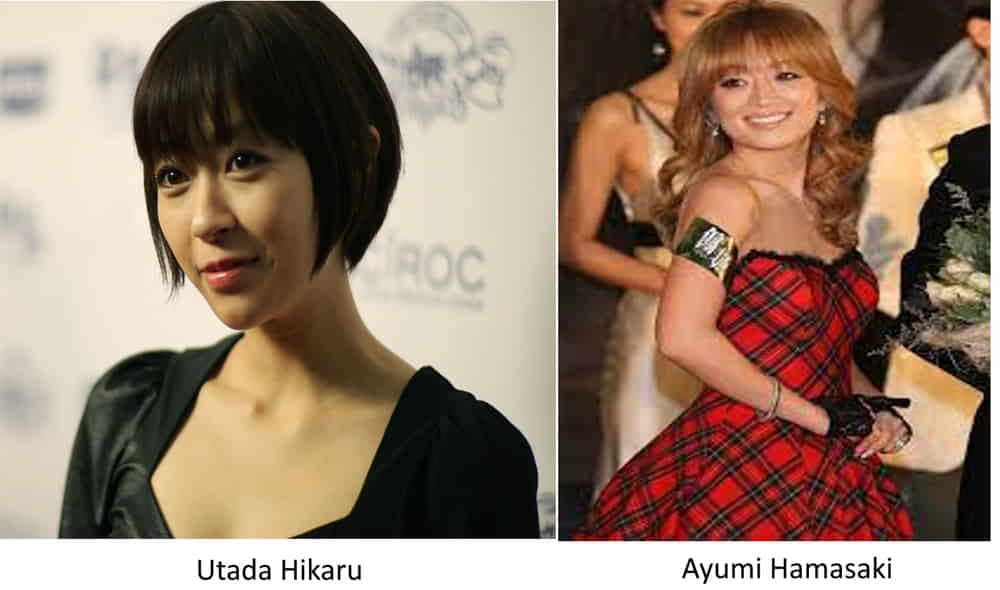
J-rock
It developed starting in the 60s, but becoming popular in the 70s. A band that contributed to the definitive affirmation of this genre was the Okinawa band Champloose (チャンプルーズ) very famous in those years that expanded and consolidated this musical genre.
In the 80s Boøwy became the biggest band in history inspiring some alternative rock bands such as Shonen Knife (少年ナイフ) and Boredoms (ボアダムス).
To remember for their contribution in those years there is certainly the Yellow Magic Orchestra, which dedicated itself to the experimentation of electronic music. Of note, for the years closest to our own, the debut of the duo B'z (ビーズ), holders of the sales record.
Little curiosity. Despite what one thinks the origin of the term, it was born in Europe in the late 90s and not in Japan. Only recently has the term begun to be used mostly for communicative convention.
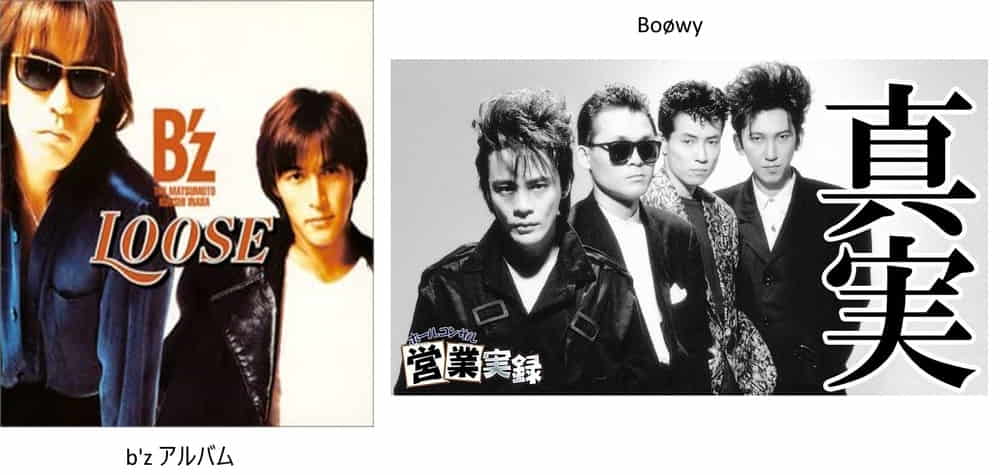
Visual-kei
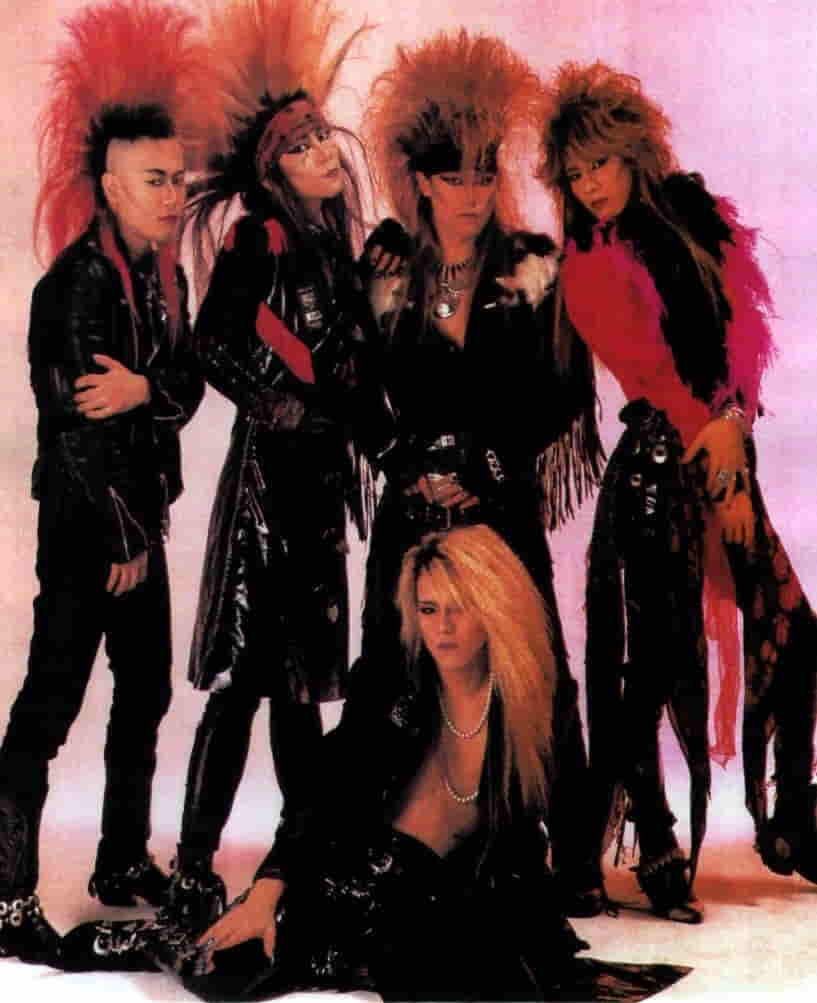
Since the end of the 80s an autochthonous phenomenon has developed in Japan, a concentration of multiple musical genres, characterized by an extremely showy and refined look in clothes, hairstyles, make-up and attitude.
The meaning of the term is "visual style" and was born in Harajuku. The styles mostly featured were rockabilly, cyberpunk, glam, anarchopunk, and like the characters in kabuki theater, in which men wore heavy makeup and wigs to play female roles, these styles too helped shape an androgynous gender.
Its entry into the musical landscape makes it emerge as the most distinctive within Japanese rock music, especially since many groups that are part of it have also achieved success in the West.
Western Classical Music
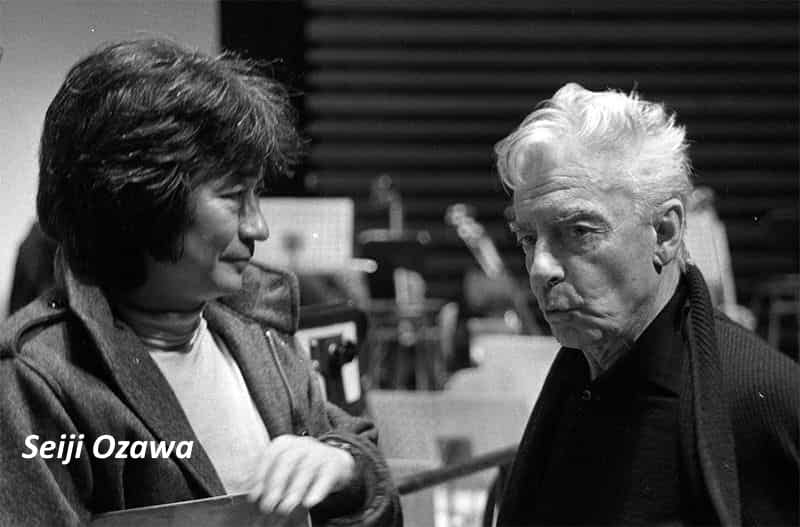
Western classical music has a notable presence in Japan. Many Japanese composers, now internationally famous, have written classical music of the Western school.
Among the many we can certainly remember Tōru Takemitsu (武 満 徹 1930 -1996) famous for his music belonging to the musical avant-garde and for his soundtracks.
Among the other characters that we can include in this group we certainly find the conductor Seiji Ozawa (1935). Since 1999 the pianist Ingrid Fujiko (also Fuzjko) von Georgii-Hemming (AKA Fujiko Hemming) (イ ン グ リ ッ ト ・ フ ジ コ ・ ヘ ミ ン グ, Japanese name: Ōtsuki Fujiko 大 月 フ ジ コ), playing Listz and Chopin, became very famous and her CDs have sold millions of copies.
Music from video games and anime
For those who remember them, the first video games had rudimentary musical comments, but with the advance of technology the sound quality increased considerably, making them often enter the hits of the memories of each of us.
The best music ever written for a video game is considered to be that of Final Fantasy VI (ファイナルファンタジーVI) composed by the famous Nobuo Uematsu (植松 伸夫 1959) in 199. It is joined by another famous composer Kōichi Sugiyama (すぎやま こうち 1999) who was one of the first experts involved in the project of making a "real" soundtrack for video games.
Another celebrity in the gaming world is Kōji Kondō (近藤 浩治 1961), main composer of Nintendo, one of the major exponents in the sector, known for having written the music for the 4 famous Nintendo series, including Legend of Zelda and Mario.
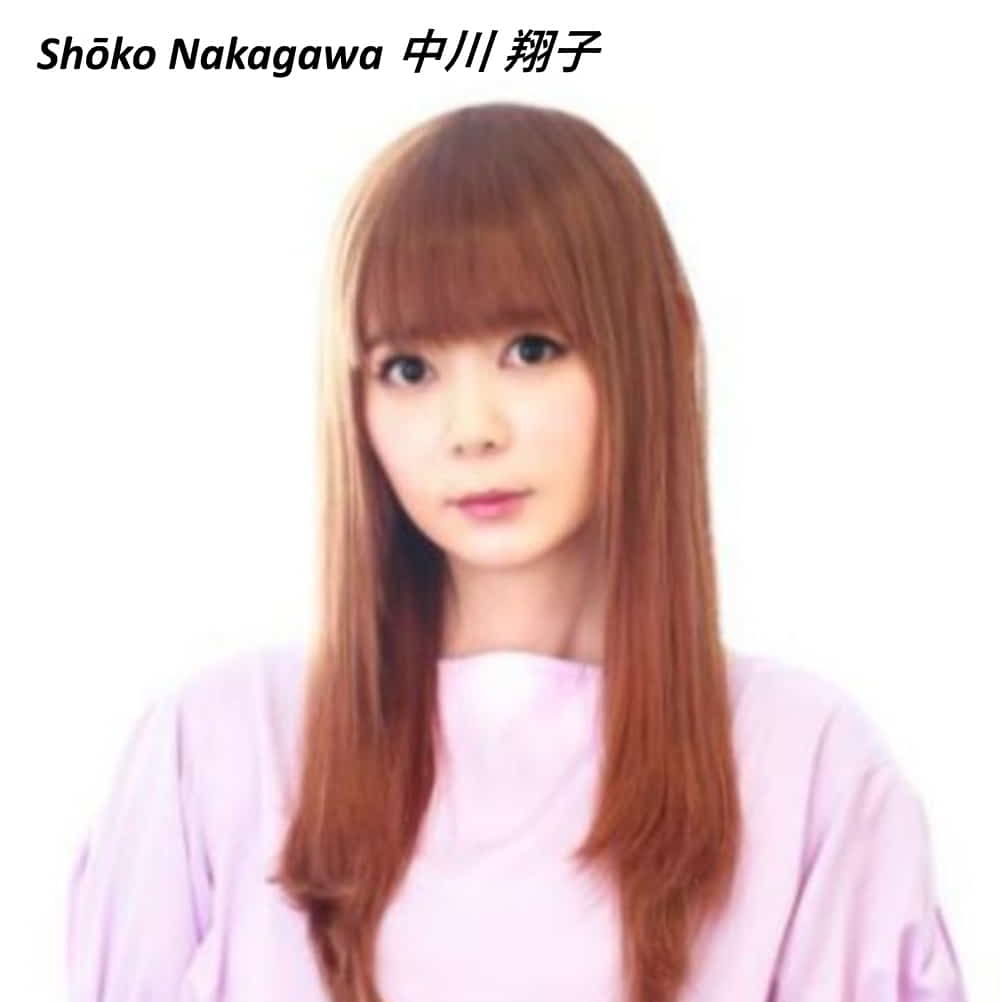
The anime sector is also very fruitful and several artists, starting from the 90s, have created theme songs for the various series, including Utada Hikaru, Pornograffiti (ポルノグラフィティ), Yui Horie (堀江 由衣 1976), Arc~en~ciel (ラルク アン シエル), Orange Range (オレンジレンジ) and Shōko Nakagawa (中川 翔子 1985), without forgetting the composer Yōko Kanno (菅野よう子 1964).
In recent years, the openings of anime series have become important, so much so that they have their own contests, rankings and a large number of fans. The same can be ascribed to the gaming market where many soundtracks of some video games have become giants of Japanese music.
Hip Hop, Rap e R&B
From the 2000s, the Japanese music scene was further enriched and genres such as Hip Hop, Rap and R&B began to depopulate. These years we find bands like Dragon Ash (ドラゴンアッシュ) in control of Japanese music, or so it might seem. But the "old" bands like Glay, for example, update their music with new elements that recall American downtown, remaining in hits. The same for Dir En Grey, musically similar to Luna Sea, who propose new American sounds which will then be equalized with a return to the typical Japanese rock.
The Idols
A "genre" not to be forgotten and not ridiculed is the one linked to the Idols. This term refers to a teenager, both male and female, who becomes very popular in the world of entertainment. They generally have a nice and graceful appearance and are taken as role models.
The idols are represented by agencies that deal with the commercial management of their image and any other product; usually Japanese idol boy bands or girl groups are j-pop music artists. If you want to learn more about the topic, find the article The IDOL Phenomenon in Japan.
The image of idols, especially if they are girls, must be synonymous with purity; and for this they avoid any sexual involvement and amoral behavior. But the pressure of the agencies that represent them leaves no room for ambiguity and "accidents", but they are still human beings and scandals are not lacking. One of the best known is the one that hit Minami Minegishi, a well-known member of the idol group AKB48, who was "demoted" to a simple trainee, after being hit by a big scandal that saw her leave the house of a "friend" the next morning stayed with him all night.
Last side note, the digital reality of holograms also falls into this particular genre: and for this example we cannot fail to take the most famous in the world: Hatsune Miku (初音 ミク) and the Vocaloids.
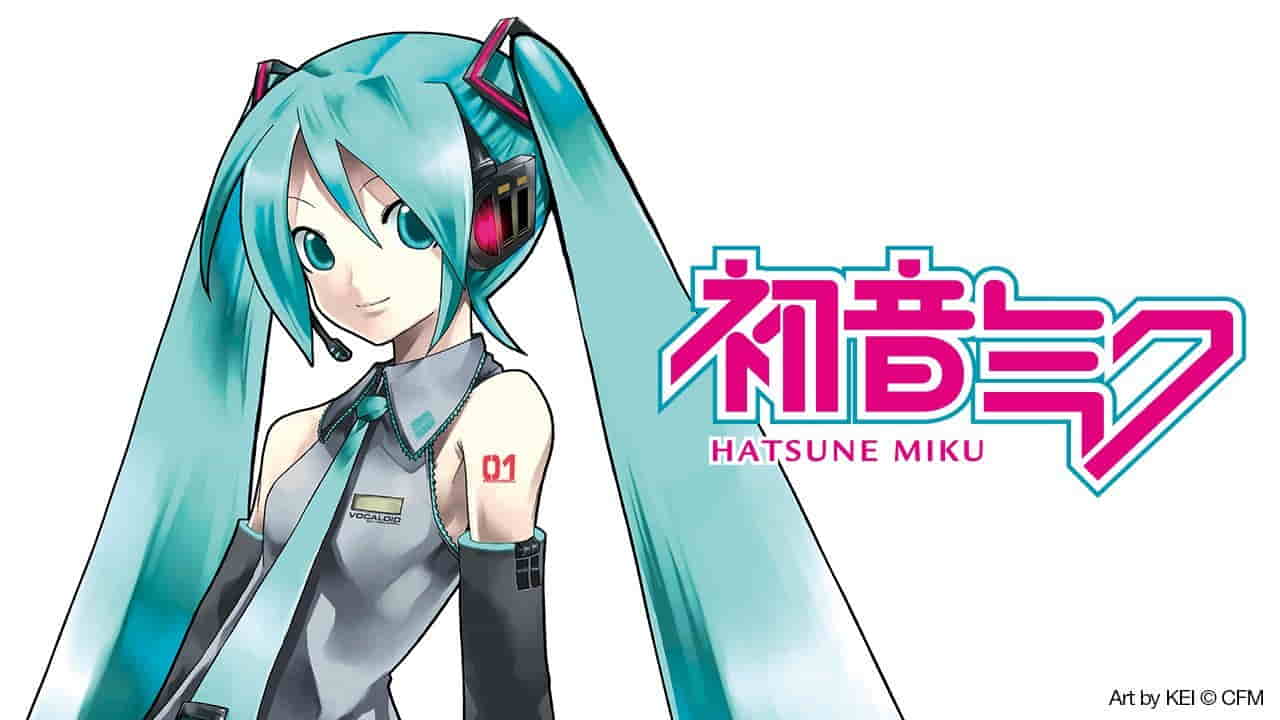
Samantha Sisto
Info credits:
https://it.m.wikipedia.org/wiki/Musica_giapponese;
https://www.cristinamuggetti.it/musica-giapponese-tradizionale-e-moderna/;
https://www.goasia.it/musica-e-suoni-del-giappone/;
https://angolodiwindows.com/2021/12/la-musica-giapponese/;
https://okami.altervista.org/la-musica-in-giappone/;
https://www.riassuntini.com/musica/musica_giapponese.html;
https://hanabitemple.forumfree.it/m/?t=17536563
Photo credits:
https://archives.bs-asahi.co.jp/
https://finders.me/
https://bunshun.jp/
https://www.nippon.com
https://visualkei.fandom.com/

 English (United Kingdom)
English (United Kingdom)  Italiano (it-IT)
Italiano (it-IT) 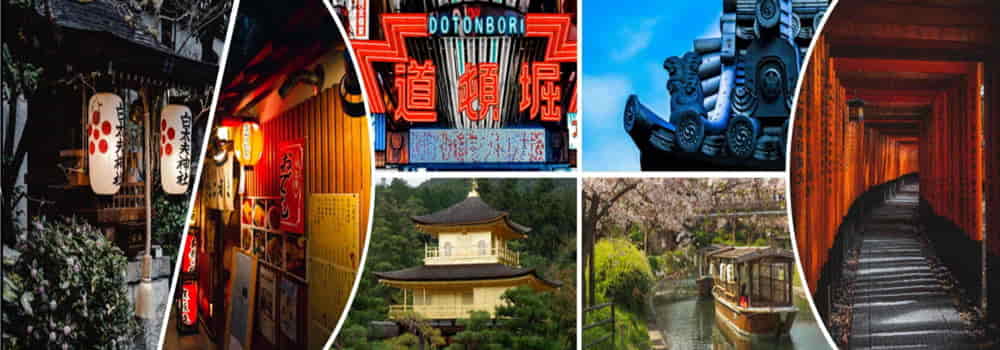
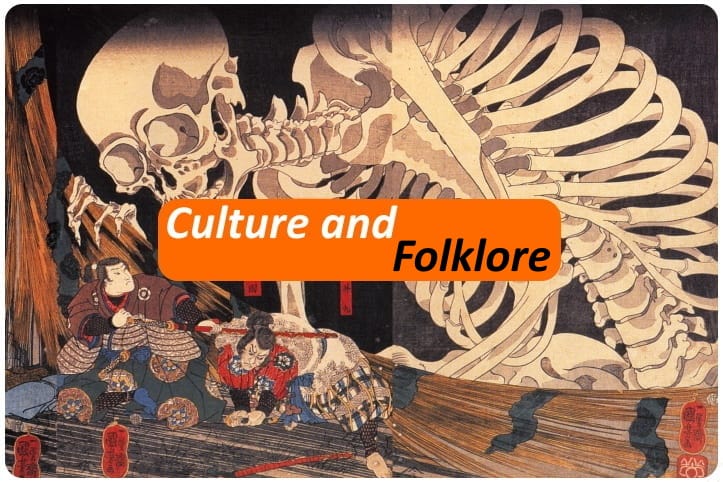
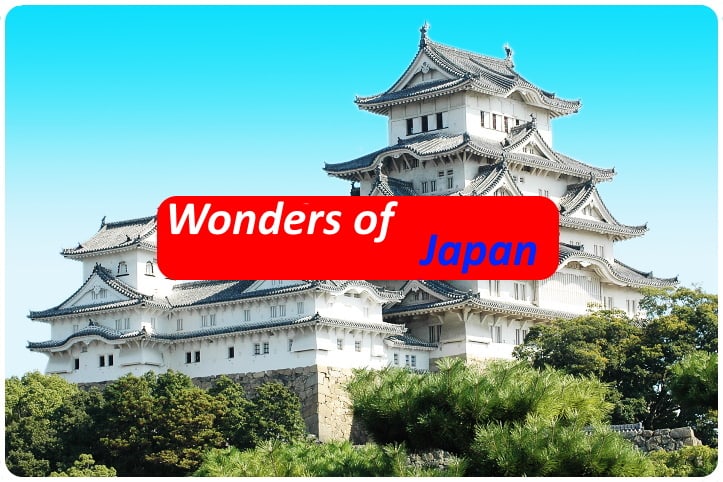
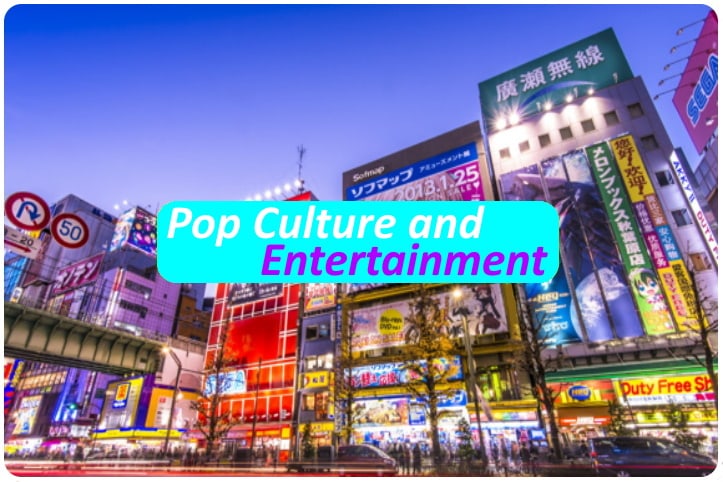


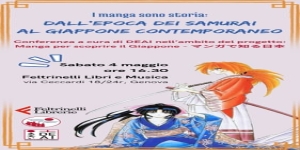
![[Review] Princess Toyotomiプリンセス トヨトミ](https://www.fukainihon.org//cache/mod_jt_contentslider/fdfb524f85518b9476158c79c8ea022f_328.png)

